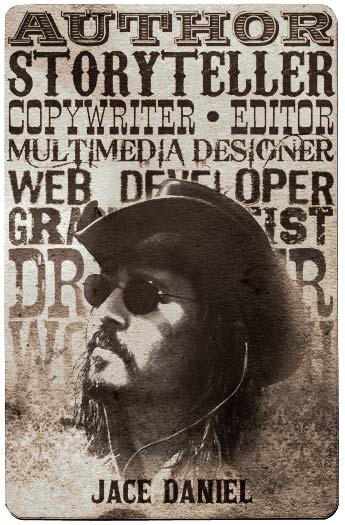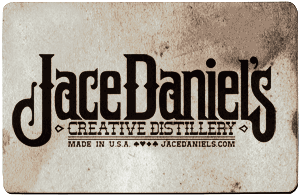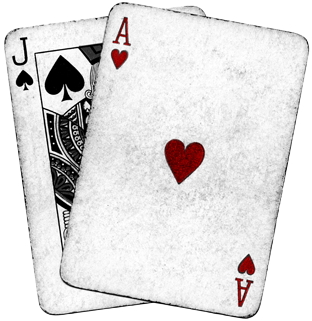I just heard a writer give credit to a plot device called the objective correlative. He called it an invaluable tool for storytellers, mainly because, among other things, it allows you to sidestep narrative exposition.
The objective correlative is similar to a MacGuffin (observation: mine) in that it uses a tangible object to move the story forward. But unlike the replaceable MacGuffin, the objective correlative attaches itself to an important emotion or idea that would otherwise need to be conveyed through expository dialogue.
Examples of the objective correlative include Excalibur, the car in Christine, and the bloodline in Hamlet.
When used correctly, the objective correlative facilitates a setup-and-payoff effect in your story. Once you associate the intangible (idea) with the tangible (objective correlative), you can always tap into the intangible later by referring on the already-introduced tangible. Total power tool.
From Wikipedia:
An objective correlative is a literary term referring to a symbolic article used to provide explicit, rather than implicit, access to such traditionally inexplicable concepts as emotion or color.
The theory of the objective correlative as it relates to literature was largely developed through the writings of the poet and literary critic T.S. Eliot, who is associated with the literary group called the New Critics. Helping define the objective correlative, Eliot’s essay “Hamlet and His Problems”,[1] republished in his book The Sacred Wood: Essays on Poetry and Criticism discusses his view of Shakespeare’s incomplete development of Hamlet’s emotions in the play Hamlet. Eliot states: “The artistic ‘inevitability’ lies in this complete adequacy of the external to the emotion….” According to Eliot, the feelings of Hamlet are not sufficiently supported by the story and the other characters surrounding him. The objective correlative’s purpose is to express the character’s emotions by showing rather than describing feelings as discussed earlier by Plato and referred to by Peter Barry in his book Beginning Theory: An Introduction to Literary and Cultural Theory as “…perhaps little more than the ancient distinction (first made by Plato) between mimesis and diegesis….” (28). According to Formalist critics, this action of creating an emotion through external factors and evidence linked together and thus forming an objective correlative should produce an author’s detachment from the depicted character and unite the emotion of the literary work. The “occasion” of E. Montale is a further form of correlative.












Comments on this entry are closed.